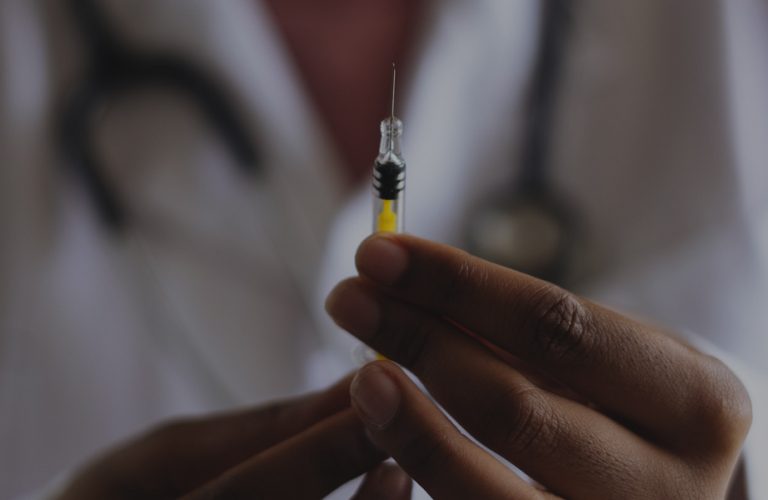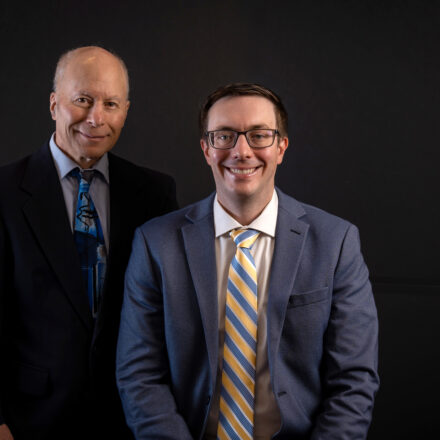
Monument Health is a member of the Mayo Clinic Care Network. This collaboration provides us with access to information, knowledge and expertise from Mayo Clinic.
As health care organizations begin planning for distribution of COVID-19 vaccines, many questions are being asked about their safety and efficacy. Dr. Andrew Badley, an infectious diseases physician at Mayo Clinic and head of Mayo Clinic’s COVID-19 Research Task Force, offers some insight on how COVID-19 vaccines were fast-tracked to get them ready for the public.
“There was fast-track in the execution of the clinical trials. It’s very important to know what parts were fast-tracked and which parts were not,” says Dr. Badley.
“The fast-track part were regulatory approvals, funding, data analysis and submission to the FDA (Food and Drug Administration),” says Dr. Badley. “Those are all paperwork items. What was not fast-tracked was enrollment of patients, clinical follow-up of these patients, capturing the events which occurred and the follow-up. These trials were executed very well. But the regulatory steps were fast-tracked. What that has allowed is for these two vaccines right now, and we anticipate more vaccines in the future, going to FDA for rapid review and hopefully approval so that we can get these vaccines out to people in a staged approach in order to get protection against COVID.”
Dr. Badley says many people have reached out to him with questions on how to reduce their risk of contracting COVID-19.
“We have two interventions that are protective against COVID. One is social distancing, masking, hand-washing and not congregating in large groups. And the second is, based on the data we have today, these vaccines, which are associated with a much-reduced risk of symptomatic disease if you get COVID. If you’re concerned about how to reduce your risk, then seriously consider taking the vaccine.”
The Centers for Disease Control and Prevention recommends COVID-19 vaccination for health care workers, older adults and people with certain chronic diseases that increase the risk of severe COVID-19.
By Deb Balzer
Category
Blog PostsLatest News
More Like This

